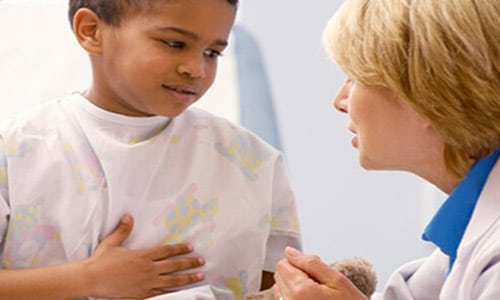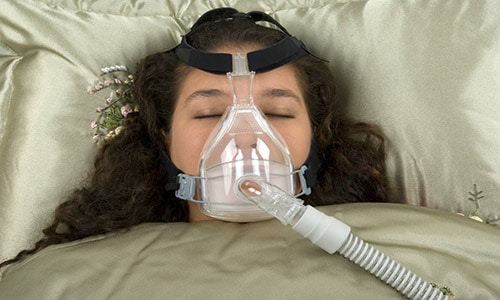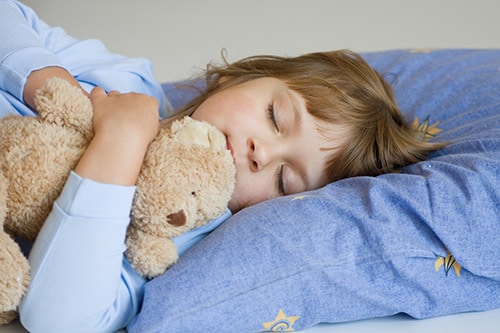Does your child snore or have difficulty in breathing while sleeping? Do he/ she show any other sign of disturbed sleep- tossing and turning in bed, night sweats, lengthy pauses in breathing, or continuing mouth breathing during sleep?
All these, particularly, snoring is a possible signal of sleep apnea. Sleep Apnea is a common, serious condition among children that can make them miss healthy and restful sleep.
According to physicians, 1 to 4 percent of children suffer from sleep apnea, many of them are between 2 and eight years old. If you do not diagnose and treat it in time, then it can cause a heavy toll while they persist. It can lead to behavior, learning, heart, and growth problems. In some rare cases, it can even be life threatening.
Causes
- Usually, when we sleep, our muscles tend to relax. Similarly, our muscle in the back of our throat also relaxes, keeping the airway open.
- But, in Sleep Apnea condition, these muscles relax too much, causing the airway to collapse and making children difficult to breathe.
- Some of the risk factors for the development of Sleep Apnea are overweight, family history of the Sleep Apnea condition, certain medical conditions, such as cerebral palsy or Down syndrome, and deficiencies in the structures of the jaw, mouth, or throat that can constrict the airway.

Symptoms
Some of the symptoms of Sleep Apnea are:
- Loud snore on a regular basis
- Daytime sleepiness or behavioral problems
- Very restless sleep and sleeping in abnormal and unusual positions
- Bedwetting
Diagnosis
- If your child is a restlessness sleeper, feels very sleepy during the daytime, or has any other symptoms of Sleep Apnea, it is time to visit near a doctor or sleep specialist.
- A sleep specialist can examine for OSA (Obstructive Sleep Apnea) and record a range of body functions while a child sleeps. This can help the specialist to diagnose central sleep apnea and other sleep disorders.
- During the study, the doctor puts the sensor at a few spots on the body using a tape or adhesive. They connect the sensors to a laptop/ computer to provide data while the child sleeps.
- Using sleep study, the specialist can monitor breathing pattern, eye movements, brain waves, heart rate, body movements, snoring and other noises, blood oxygen level, and sleep positions.
Treating Sleep Apnea

- If child’s excess weight is the cause of Apnea, it is vital to work out on child’s exercise, diet, and other safe weight-loss methods.
- In mild cases, doctors can monitor a child for a time to see if symptoms advance before considering on treatment.
- If inflamed adenoids or tonsils are the cause, the doctor will refer to an ENT doctor. ENT might adopt an operation called an adenotonsillectomy, to confiscate the adenoids and tonsils. It is an effective method of treating OSA.
If the symptoms do not change after diagnosis of adenotonsillectomy, a doctor can recommend continuous positive airway pressure (CPAP) therapy. In CPAP therapy, a person wears a mask covering mouth and nose while sleeping. Doctor connects the mask to a machine, which regularly pumps, air into it to open the airways.
